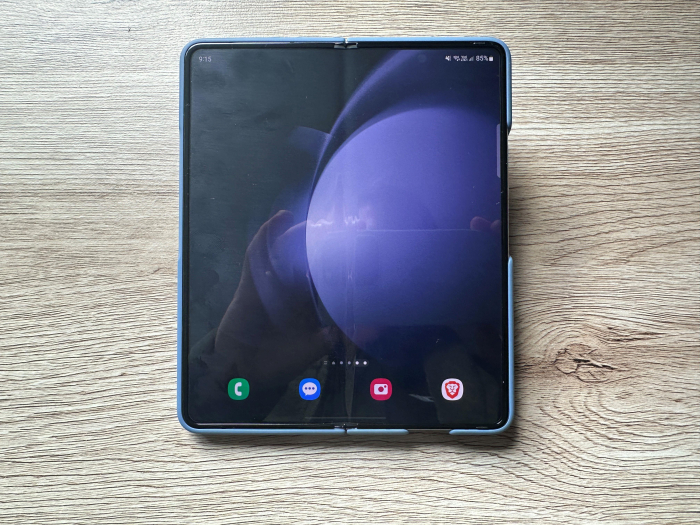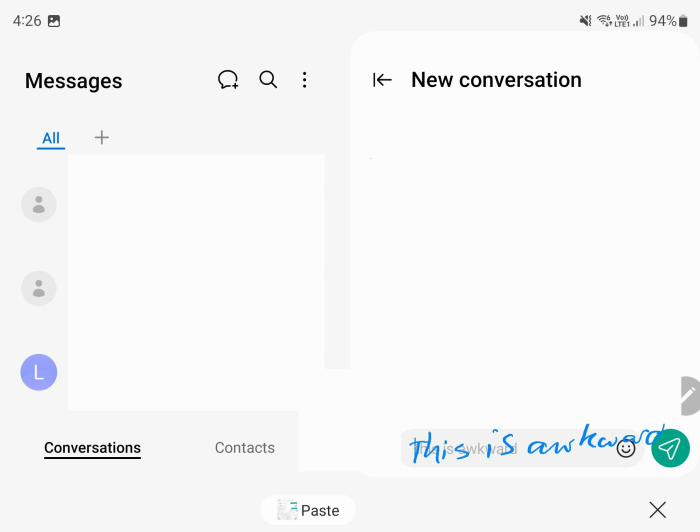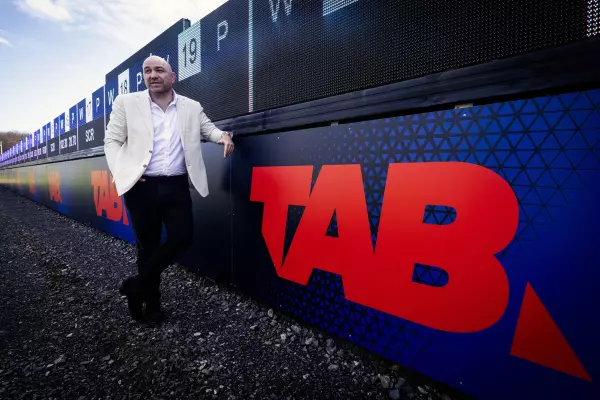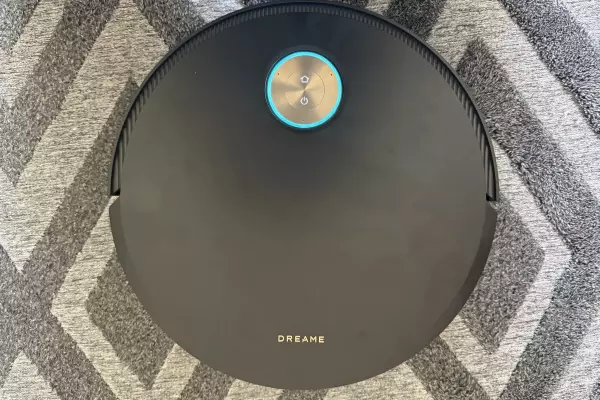The past two years have seen foldable phones move from a prototypical experiment to a mainstay of the smartphone form-factor rogues’ gallery.
At the fore of the pack in the foldables race is Samsung, a company that consistently takes the top spot for global smartphone market share each year, with the sheer breadth of its products keeping it one step ahead of Apple.
This year, the Korean tech chaebol has released the latest and by far the greatest version of its horizontally folding phone with the Galaxy Z Fold5, not to be confused with the vertically folding Galaxy Z Flip5.
Last year, I tested the Fold4 and found it ultimately flash but frustrating. Clearly, I wasn’t alone, because a few of the things I disliked have been ironed out.
But not everything.
The Fold5 and its little flipping sibling were launched in NZ on Aug 11, with prices ranging from $2,849 for 256GB of storage, to $3,099 for 512GB, to a wince-inducing $3,549 for 1TB.
If you order before Aug 17, you get the larger capacity for the price of the next size down – but there’s no discount on the 256GB model.
Samsung loaned me the phone to try out for myself and I’ve given it a good go over the past two weeks.
The screens
The two displays are exactly the same as the Fold4 (this will be a theme of this review) – both are the beautiful 2k resolution displays with dynamic 120hz refresh rate.
But first, the elephant in the room: the 6.2in front screen is still too thin and I hate it.
I’m not a large fella and I like to think I have decent finger dexterity, typing for a living and all, but I still make more mistakes trying to type on that narrow front screen than I ever do on a typical-width phone.
It sucks for reading, it sucks for horizontal or vertical video, and it sucks for games. It’s a bad size for a screen and I don’t understand why Samsung insists on sticking with it.

The inner screen is much more accessible thanks to the new hinge. (Image: BusinessDesk)
That said, while I found the resistance of the Fold4 hinge prevented me from wanting to crack it open and get at the juicy 7.6in screen inside, Samsung has fixed that with the Fold5 somehow.
The first 80 degrees or so when you open the clamshell has very light resistance but (and this is almost like magic) then it hits the regular amount of resistance both for when you open it further and when you close it.
This meant that I was far more likely to open it and use that big old square screen for reading, watching or playing.

You can watch video this way, though I don't know why you would. (Image: BusinessDesk)
The newly designed hinge still provides enough resistance so you can sit it on the desk and watch YouTube on the very narrow half of the inner screen that is the same width as the outer screen.
More usefully, you can use that mode to record video on the camera without a tripod, so long as the case lets you (see below).
The cameras
The cameras on the Fold5 are exactly the same as on the Fold4.
The inner selfie camera, the outer selfie camera and the three outward-facing cameras are the exact same as its predecessor.
Great cameras. End of section.
The design
Hallelujah! Gone is that horrible gap on one side when the phone is closed, and now we have a perfectly flush clamshell.
But other than that, there is very little difference.
The hinge is significantly better, as mentioned above, but it looks much the same.
The phone is 263g (heavier than the Fold4 by 10g), which doesn’t sound a lot but is very noticeable when it is already on the weighty side – to the point that I find it unpleasant to have in my pocket.
The crease down the middle of the screen is more noticeable than on Oppo’s Find N2 Flip, though it’s not terrible.
The battery is, you guessed it, the same capacity as the Fold4.
The case and stylus
Samsung also loaned me a case for the phone, which is almost a must-have but has a few weird features.
The cover for the top screen attaches by sticky pads on the edges, which is fine, and it comes off when you need it to – though I’m not sure how many removals and reapplications it would last.
It also has a lot of depth in the surround to match the back, which makes the camera flush.
It also houses the stylus in the back of the case, which is useful for those who like it – though it works only on the inner screen.
I gave up on the stylus because, once again, I found the software to be a nightmare.
For example, if you want to handwrite, you can only do it in the tiny box they give you, and it is completely unintuitive.

If I was designing this, I would make it so that the keyboard got replaced by a large handwriting space when you tapped on it with the stylus. (Image: BusinessDesk)
As a result, the stylus lived in the case permanently in its small hillock.
A weird side-effect of the case was that it made the phone less stable when you were doing the half-open sitting-up thing because of the way the phone is balanced.
Overall: case, fine, stylus, bad.
Would I buy one?
No. I wouldn’t have bought a Fold4 and although there are a couple of quality-of-life improvements on the Fold5, they're not nearly enough to entice me.
Should you buy one?
If you have the Fold4 and love it, I also don’t think there’s enough new in this model to justify the upgrade.
If you have been thinking about getting a folding phone and just waiting for one to be good enough to take the plunge, then the Fold5 just edges over the line into one I would recommend, as long as you don’t mind the issues that I outlined above.














